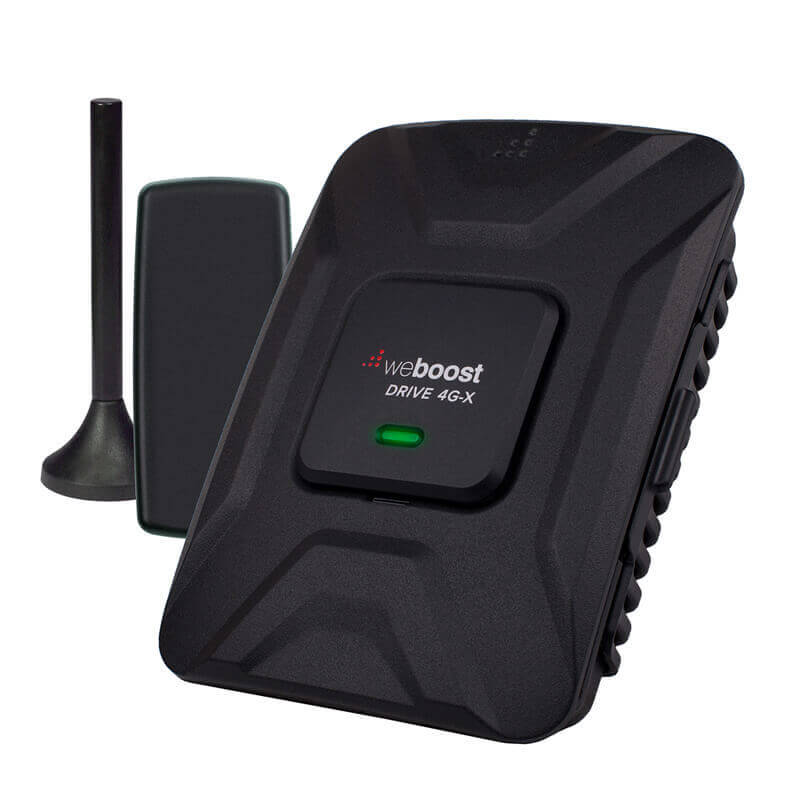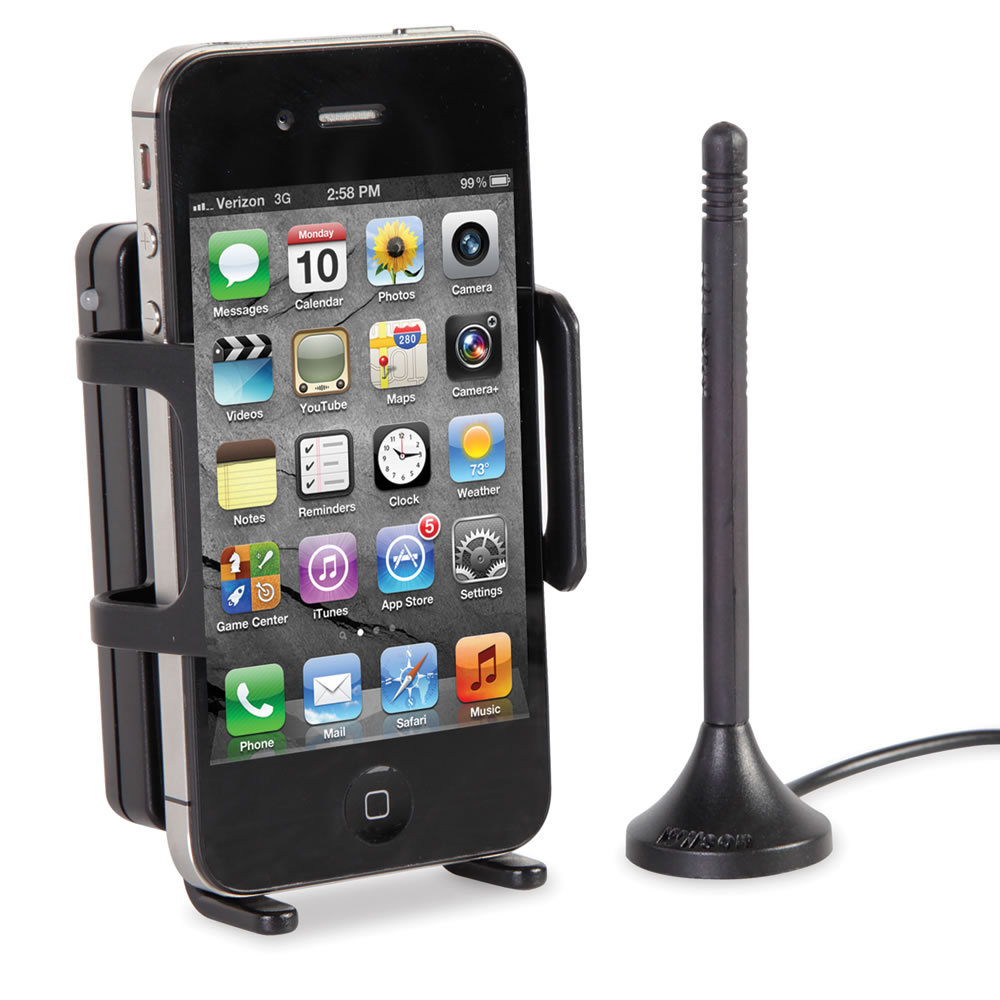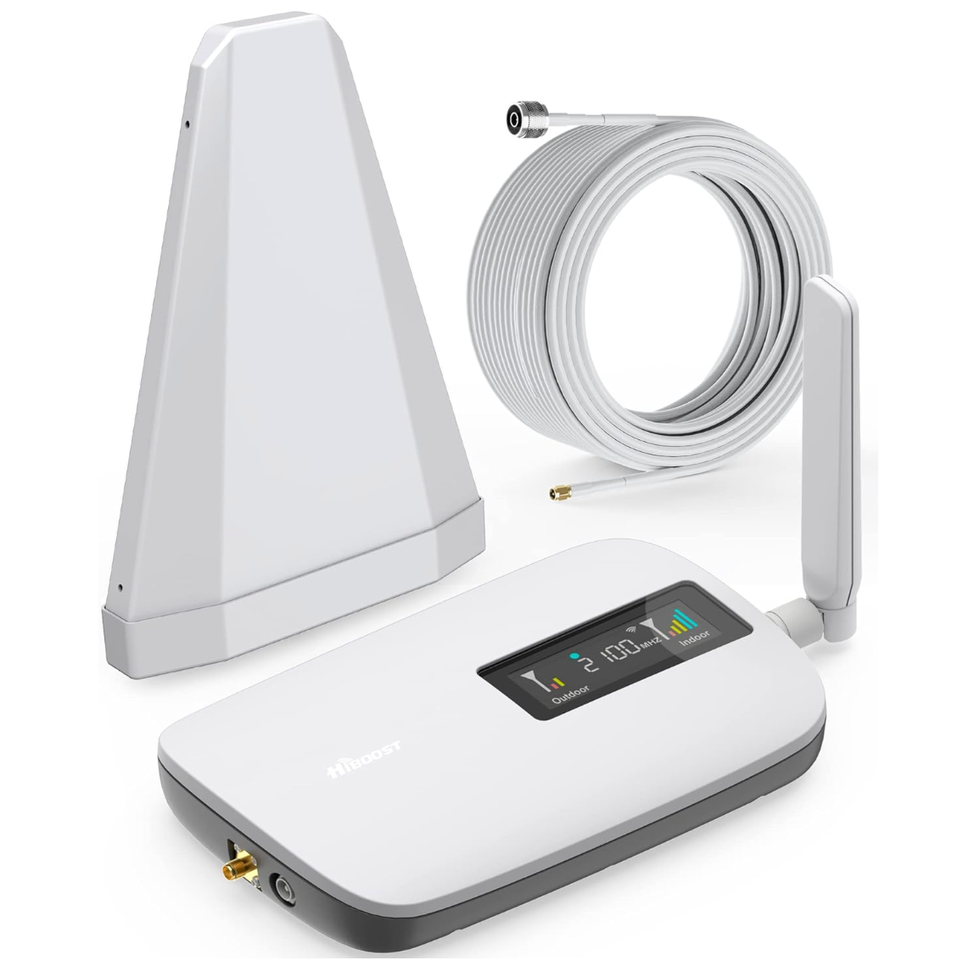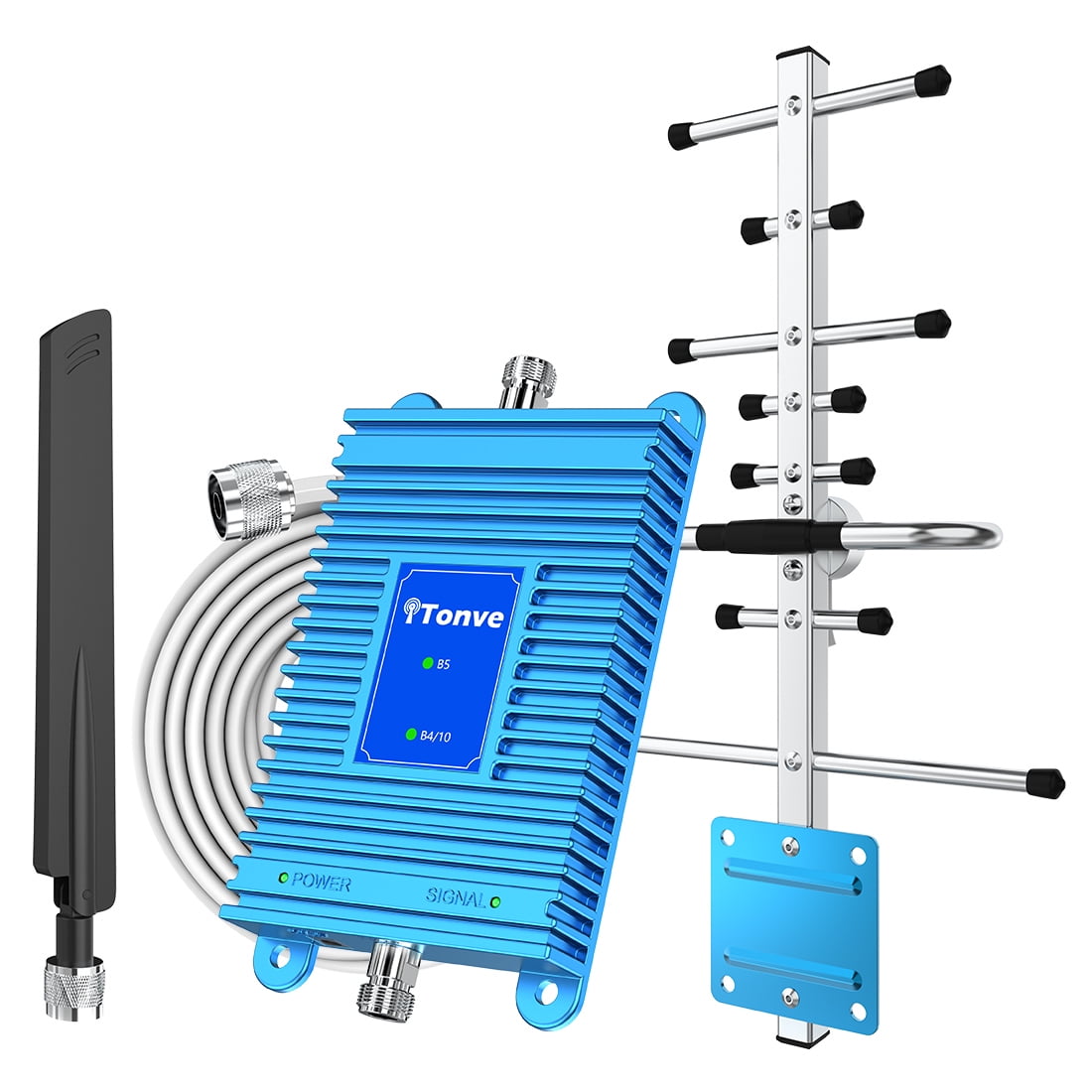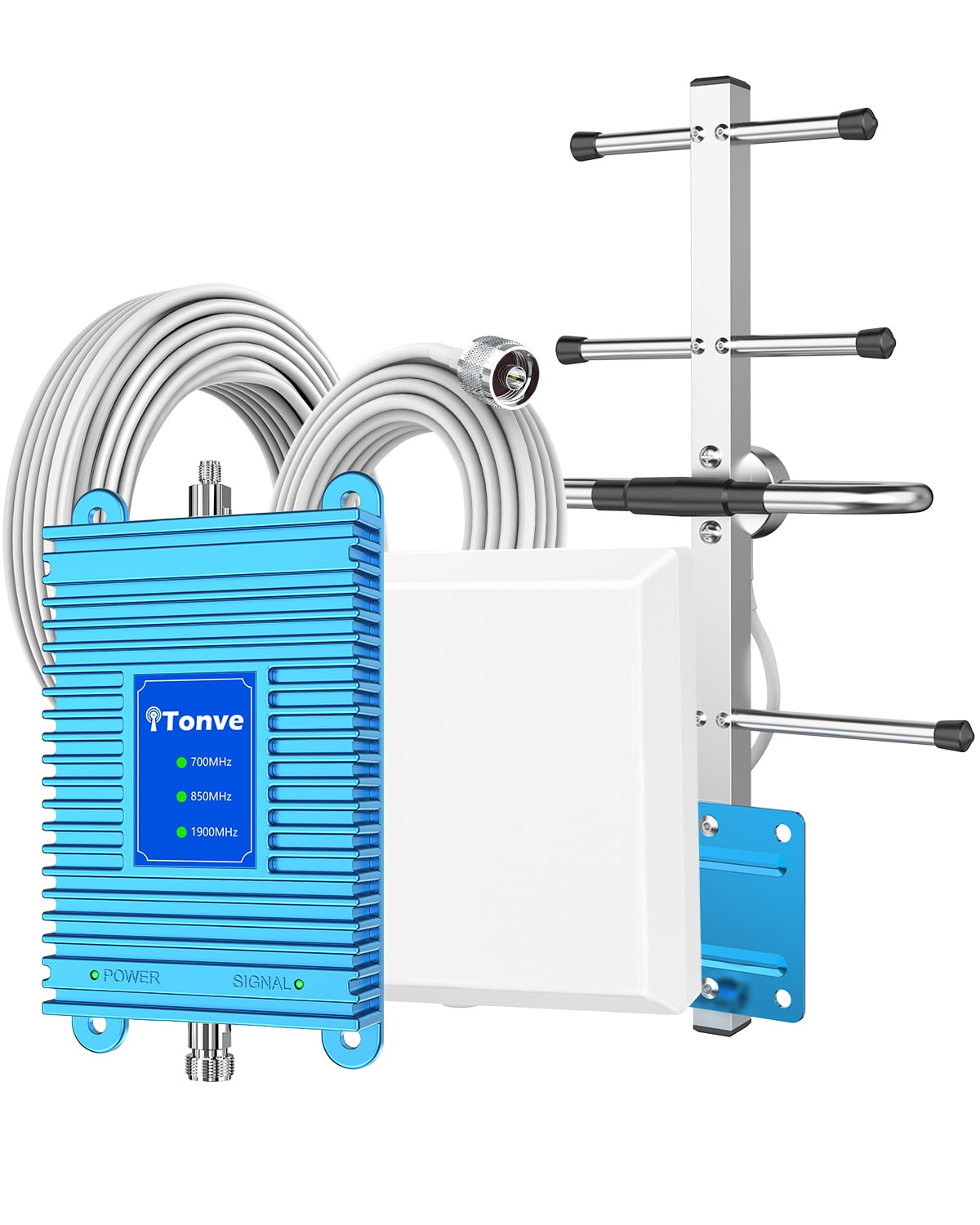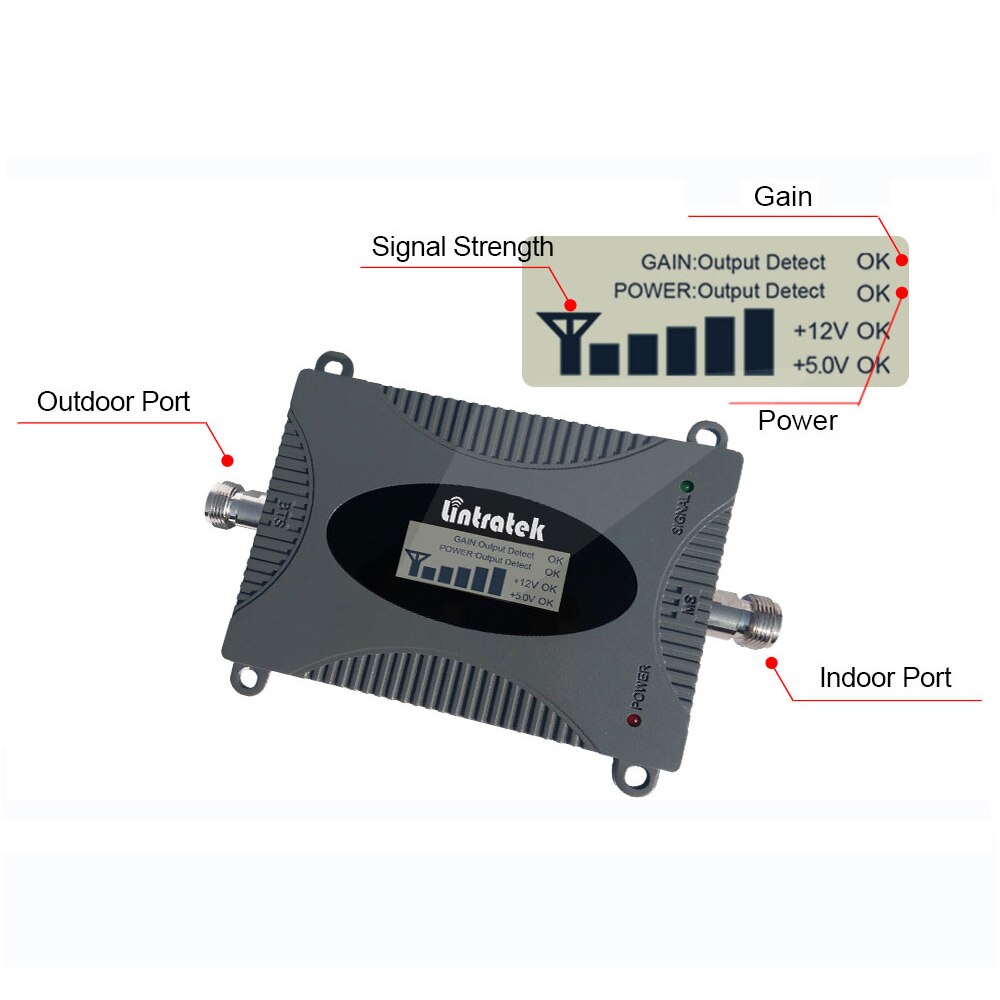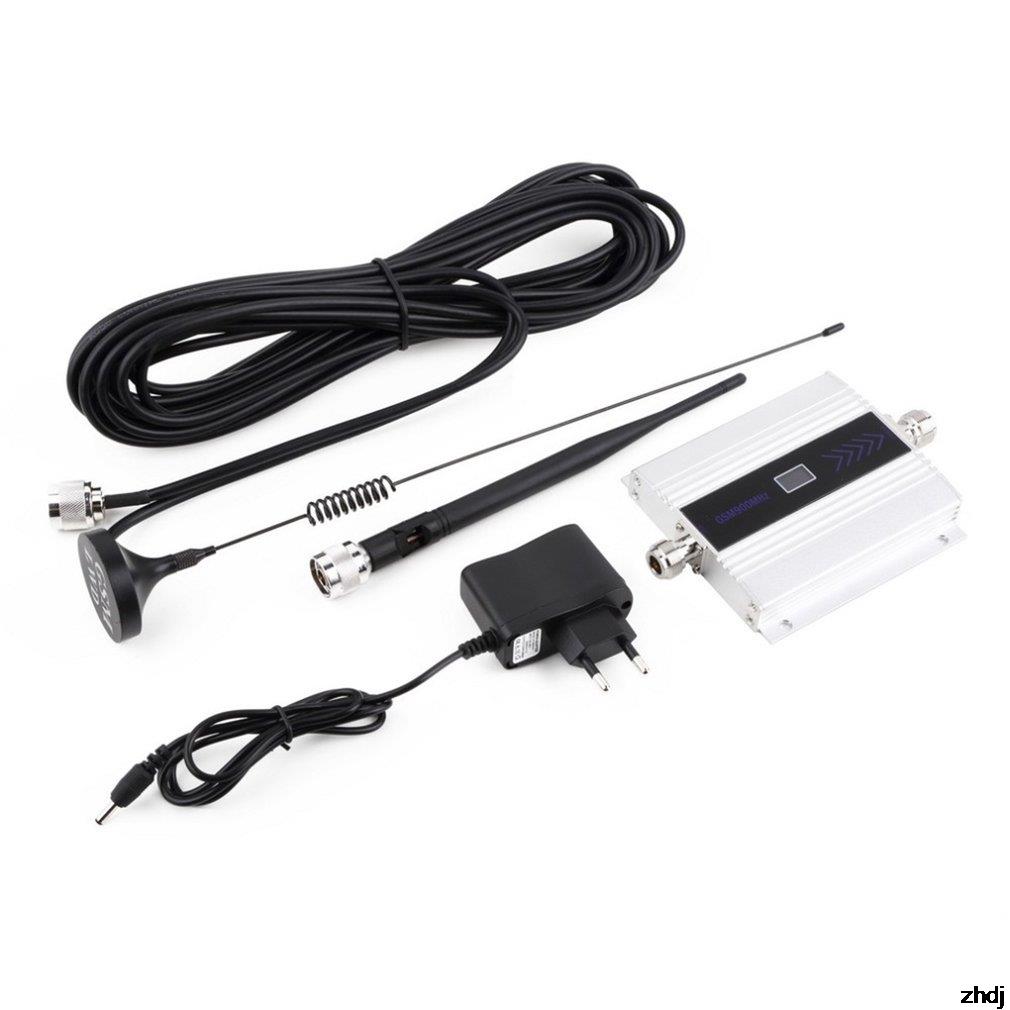Plug In Cell Phone Signal Booster
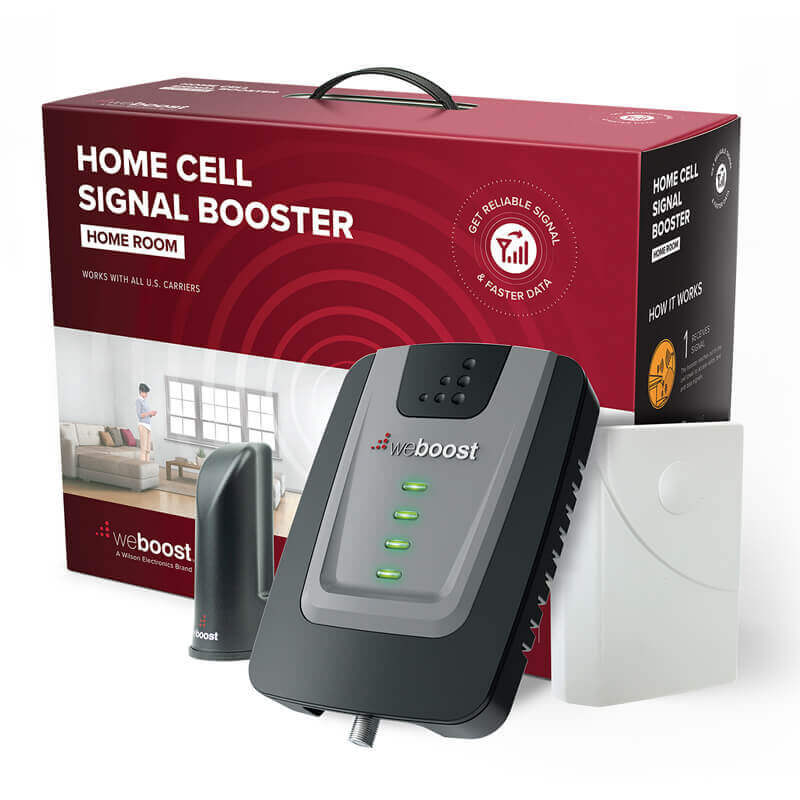
In an increasingly connected world, the frustration of dropped calls, slow data speeds, and unreliable cell service remains a persistent problem for millions. From remote rural communities to densely populated urban centers plagued by dead zones, the lack of consistent cellular connectivity impacts everything from emergency services to everyday communication. A potential solution, plug-in cell phone signal boosters, are gaining traction, promising to amplify weak signals and bridge the connectivity gap, but questions linger about their effectiveness, legality, and potential interference with existing networks.
This article delves into the world of plug-in cell phone signal boosters, examining how they work, their benefits and drawbacks, and the regulatory landscape surrounding their use. We will explore the technology behind these devices, analyze their impact on network performance, and consider the perspectives of consumers, manufacturers, and telecommunications companies. Furthermore, we will investigate the legal and safety implications of using signal boosters, ensuring readers are well-informed about this increasingly relevant technology.
Understanding Cell Phone Signal Boosters
At their core, cell phone signal boosters are designed to improve cellular connectivity in areas with weak or non-existent signals. They operate by capturing existing cell signals, amplifying them, and then rebroadcasting the amplified signal within a localized area. This process typically involves three main components: an external antenna to capture the initial signal, an amplifier to boost the signal strength, and an internal antenna to redistribute the amplified signal.
There are several types of cell phone signal boosters available, each designed for different applications and environments. Vehicle boosters are designed for use in cars, trucks, and RVs, while home or building boosters are intended for use in residential or commercial spaces. The choice of booster depends on factors such as the size of the area to be covered, the strength of the existing signal, and the specific cellular frequencies used by the user's mobile carrier.
How They Work: A Technical Overview
The external antenna, typically mounted on a roof or window, captures the weak cell signal from nearby cell towers. This signal is then transmitted to the amplifier via a coaxial cable. The amplifier, the heart of the booster system, increases the signal strength, often by as much as 70 dB. The amplified signal is then transmitted to the internal antenna, which rebroadcasts it throughout the designated area, providing improved cellular coverage for users.
Modern boosters often employ sophisticated technologies such as automatic gain control (AGC) and oscillation detection to prevent interference with cell towers and ensure optimal performance. AGC automatically adjusts the amplification level based on the strength of the incoming signal, preventing overloading and distortion. Oscillation detection systems monitor the signal for feedback loops, which can cause interference, and automatically reduce the gain to eliminate the problem.
Benefits and Drawbacks
The primary benefit of using a cell phone signal booster is improved cellular connectivity. Users experience fewer dropped calls, faster data speeds, and more reliable text messaging. This is particularly beneficial in rural areas, buildings with thick walls, and areas with natural obstructions that block cell signals.
Improved connectivity can have significant positive impacts on safety and emergency response. Reliable cell service is crucial for making emergency calls, receiving alerts, and staying connected during natural disasters. For businesses, improved connectivity can lead to increased productivity, better customer service, and enhanced communication among employees.
Potential Drawbacks and Challenges
Despite their benefits, cell phone signal boosters are not without their drawbacks. One potential issue is interference with cellular networks if the booster is not properly installed or configured. This can degrade the performance of the network for other users in the area, leading to dropped calls and slow data speeds.
The effectiveness of a signal booster depends on the strength of the existing cell signal. If the signal is too weak, the booster may not be able to amplify it sufficiently to provide adequate coverage. Additionally, the range of a booster is limited, typically covering only a few thousand square feet, meaning multiple boosters may be needed for larger buildings.
The Regulatory Landscape and Legality
The use of cell phone signal boosters is regulated by governmental agencies, such as the Federal Communications Commission (FCC) in the United States. These regulations are designed to prevent interference with cellular networks and ensure that boosters meet certain technical standards.
FCC Regulations and Consumer Protections
The FCC requires that all signal boosters sold in the United States be certified to meet specific technical requirements. These requirements include limits on the amount of amplification, restrictions on the frequencies that can be amplified, and provisions for preventing interference with cellular networks. Consumers should only purchase and use FCC-certified boosters to ensure they are legal and will not cause interference.
Using uncertified or improperly installed boosters can result in fines and penalties from the FCC. Additionally, it can disrupt cellular service for other users in the area, leading to complaints and investigations. It is crucial for consumers to understand the regulations and choose boosters that comply with FCC rules.
Perspectives from Key Stakeholders
The views on cell phone signal boosters vary among different stakeholders. Consumers generally view them favorably, as they provide a solution to the persistent problem of poor cellular connectivity. Manufacturers promote them as a reliable and affordable way to improve cell service.
Telecommunications companies, however, often have mixed feelings. While they acknowledge the need for improved coverage, they are concerned about the potential for interference and network degradation caused by improperly installed or uncertified boosters. They also invest heavily in their own infrastructure to improve coverage, viewing boosters as a potential competitor or hindrance to their efforts.
Looking Ahead: The Future of Signal Boosting Technology
The technology behind cell phone signal boosters is constantly evolving. Future advancements may include more sophisticated signal processing techniques, improved interference mitigation systems, and better integration with cellular networks. The development of 5G technology is also likely to impact the design and performance of signal boosters.
As cellular networks become more complex and the demand for connectivity continues to grow, cell phone signal boosters are likely to play an increasingly important role in bridging the connectivity gap. However, it is crucial for regulators, manufacturers, and consumers to work together to ensure that these devices are used responsibly and do not compromise the integrity of cellular networks. This involves ongoing education about regulations, promoting the use of certified boosters, and implementing best practices for installation and operation.
